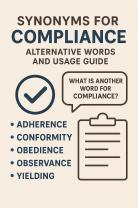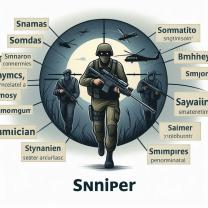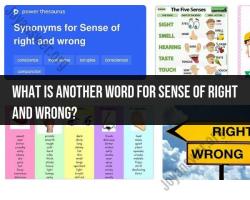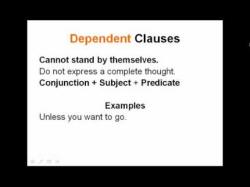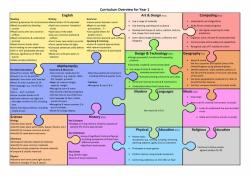How do you identify nouns in a sentence?
Identifying nouns in a sentence involves recognizing words that represent people, places, things, or ideas. Here are the steps to identify nouns in a sentence:
Understand What Nouns Are:
- Nouns are words that represent people, places, things, or ideas.
- Examples of common nouns include "dog," "city," "book," and "happiness."
Locate Names of People, Places, or Things:
- Look for words in the sentence that are names of people, places, or things.
- Example: "John went to the park." In this sentence, "John" and "park" are nouns.
Look for Pronouns:
- Pronouns also function as nouns. Common pronouns include "he," "she," "it," "they," etc.
- Example: "She gave him a gift." Here, "She" and "him" are nouns (pronouns).
Identify Objects or Concepts:
- Identify words that represent objects or abstract concepts.
- Example: "Courage is important." In this sentence, "Courage" is an abstract noun.
Recognize Gerunds:
- Gerunds are verb forms ending in "-ing" that function as nouns.
- Example: "Swimming is her favorite activity." In this sentence, "Swimming" is a gerund functioning as a noun.
Check for Possessive Nouns:
- Possessive nouns show ownership and are formed by adding an apostrophe and "s."
- Example: "The cat's tail." Here, "cat's" is a possessive noun.
Consider Collective Nouns:
- Collective nouns represent groups of people, animals, or things.
- Example: "The team won the game." Here, "team" is a collective noun.
Analyze Compound Nouns:
- Compound nouns are formed by combining two or more words to create a single noun.
- Example: "Ice cream" is a compound noun formed by combining "ice" and "cream."
Use Context to Identify Abstract Nouns:
- Abstract nouns represent concepts, emotions, or qualities.
- Example: "Love is powerful." Here, "Love" is an abstract noun.
Review the Sentence:
- Go through the sentence and identify all the words that fit the criteria mentioned above. These are likely to be nouns.
By following these steps and considering the various types of nouns, you can effectively identify nouns within a sentence. Remember that nouns serve as the building blocks of sentences, providing the essential elements for communication.
Identifying nouns in a sentence is an essential part of understanding natural language. Nouns are the words that refer to people, places, things, or ideas, and they provide the foundation for building meaningful sentences and conveying information. Here are some techniques and methods used to recognize nouns in sentences:
Part-of-Speech (POS) Tagging: POS tagging is a computational technique that assigns grammatical tags to words in a sentence, indicating their function or role. Nouns are typically tagged with the POS tag "NN" (noun, common) or "NNP" (noun, proper).
N-gram Models: N-gram models analyze sequences of words (n-grams) to predict the next word in the sequence. By examining the context of a word, n-gram models can identify nouns with high probability.
Lexical Semantics: Lexical semantics deals with the meaning of words and their relationships to each other. Nouns have specific semantic properties, such as being countable or uncountable, concrete or abstract, and animate or inanimate. These properties can be used to identify nouns in a sentence.
Dependency Parsing: Dependency parsing analyzes the grammatical structure of a sentence, identifying the relationships between words. Nouns often serve as heads of noun phrases, and their dependents can provide clues to their identity and role.
Machine Learning Approaches: Machine learning algorithms can be trained on large datasets of labeled sentences to identify nouns. These algorithms learn patterns and correlations in the data to make predictions about the grammatical function of words, including nouns.
Here are some guidelines for spotting nouns in sentence structures:
Nouns typically answer the questions "who" or "what."
Nouns are often preceded by articles (a, an, the) or possessive determiners (my, your, his, her, their).
Nouns can be singular or plural.
Nouns can be modified by adjectives, adverbs, or prepositional phrases.
Nouns can serve as the subject or object of a verb, or they can function as the complement of a preposition.
In addition to these general guidelines, there are many specific patterns and rules that can be used to identify nouns in different contexts. For example, certain suffixes, such as "ity" or "ness," often indicate nouns. Additionally, certain verbs are typically followed by nouns (e.g., "eat" is followed by a food noun).
By understanding these techniques and guidelines, you can develop a stronger understanding of how to identify nouns in sentences, which is essential for comprehending natural language and communicating effectively.


